Once upon a time, there was an eight year old boy named William. William was a clever, curious child. One day he said to his father, “Dad, wouldn’t it be neat if there was a mobile app that could identify a tree simply by snapping a picture of its leaf?”
Now most parents would agree with William that it would be a neat idea and that would be the end of it, but William’s father wasn’t most parents. William’s father was a professor of computer science and director of the Laboratory for the Study of Visual Appearance at Columbia University who had worked on facial recognition software for the past 15 years.
William’s father, Peter Belhumeur, discovered that the same algorithms that detect face shape can also be used to detect curves in a leaf. Belhumeur enlisted the help of computer scientist David Jacobs at the University of Maryland and John Kress, research botanist and curator at the Smithsonian Institution to bring William’s idea to life.
And that’s how the free plant identification app called Leafsnap was created.
The team began by creating a database of the leaves found in the Smithsonian library. Then they collected leaves from 145 varieties of trees found in Central Park. The next group of pictures came from Rock Creek Park in Washington, DC. This provided enough samples to create a database that includes most of the native trees found in the North Eastern United States.
The plant identification app was released in 2011 to iphone users. Volunteers are working to expand the database to include native trees found all over the U.S. and from there it is hoped to expand enough to include all global varieties.
Leafsnap plant identification app is free and because its being built by volunteers, the progress is slow moving. An android version has been in the works for a couple of years now.
Leafsnap is the first plant identification app of its kind. Its a positive step toward technical advancement but its not without fault. Perhaps the biggest problem is that Leafsnap relies on a wireless connection. If you are in the woods with no cell phone signal this app is completely useless. What good is a field guide that you can’t use in the field?
All in all, Leafsnap is pretty user friendly. Simply pick a leaf off a tree and snap a picture against a white background.
This too can be problematic because you must remove the leaf from the tree. While removing a leaf isn’t a big deal for one person using the app, if there are 50 people each day using the app in Central Park…there are going to be a lot of bare trees.
The leaf must be placed in front of an all white background. You’ll need to carry a notebook, or at least a piece of paper with you on your hike.
Once you snap the picture, the measurements are compared to other leaves in the database. Then, you will be presented with a list of possible matches.
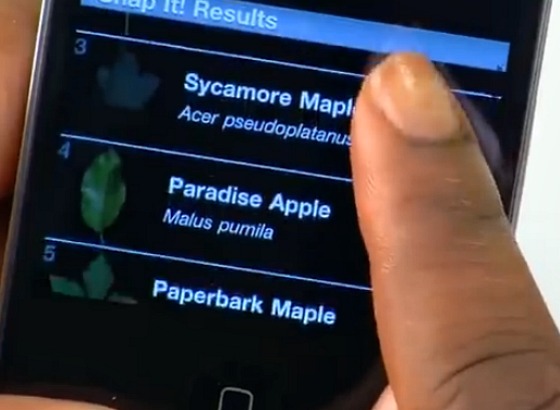
Leafsnap provides you with a list of possible matches that resemble the leaf picture that you submitted.
You can view photos of fruit, flowers, seeds and bark to help you pick the perfect match. Every leaf that you identify is added to a public database. You can collect your own list of trees that you have found.
This application is not only a useful tool for identification, but a great learning tool. You can search the data base alphabetically to view information on trees.
This plant identification app is a great teaching tool.
There are even games to test your plant knowledge.
Leafsnap has done a great job of raising the bar for plant identification apps. I expect we will see future apps that reach well beyond what a traditional field guide can offer.
William has already told his dad that he would like to see similar identification apps such as fishsnap and bugsnap. I think we have good things coming our way.
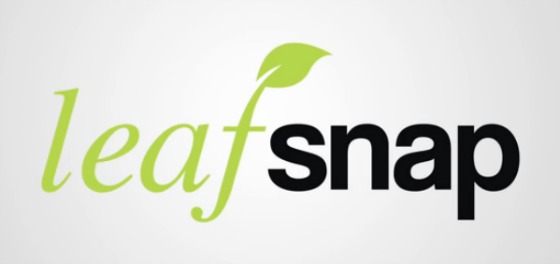
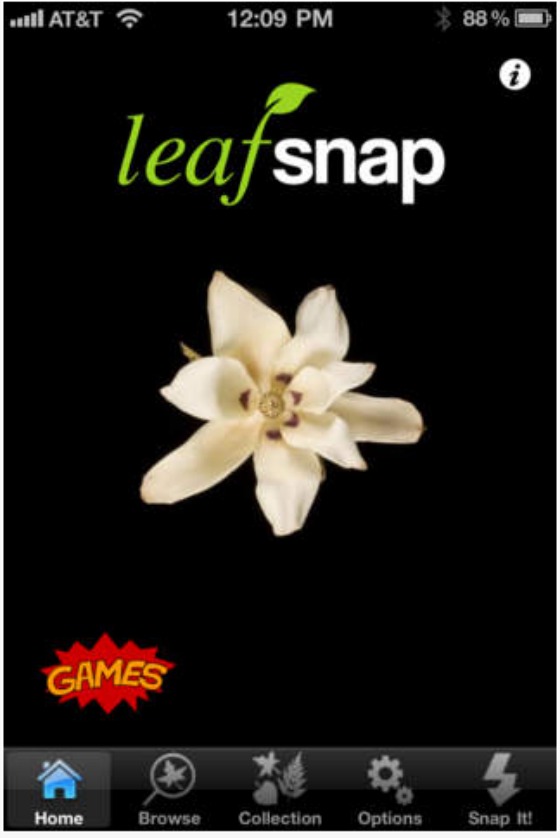
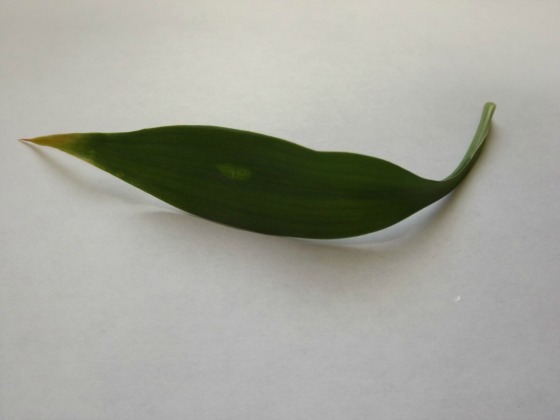
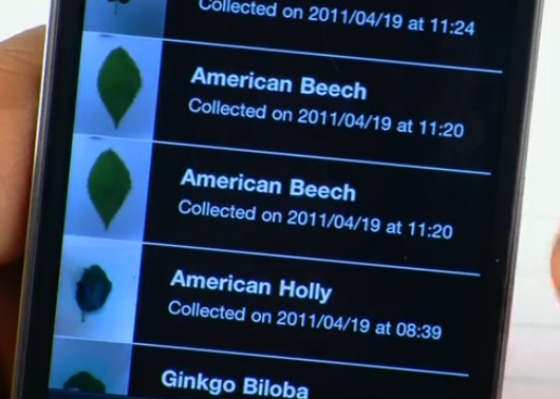
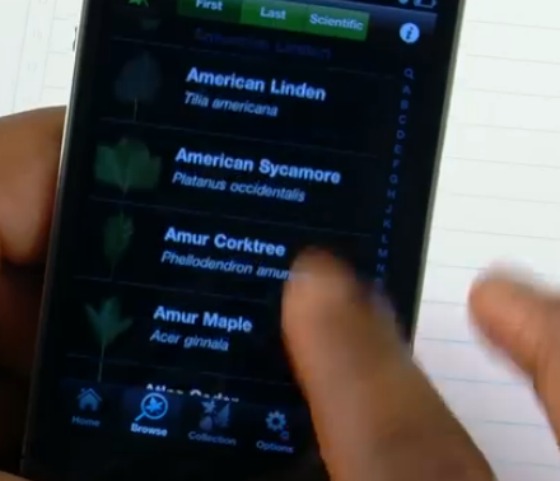

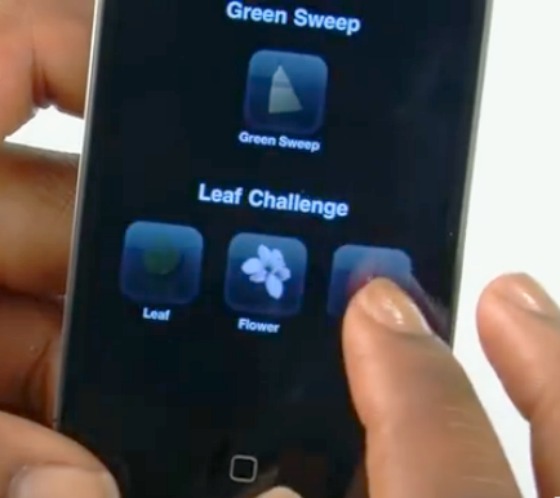
Why is it “app creators” are forgetting that PCs still exist? Not everyone has an iphone/apple/tablet. I don’t and I don’t feel I need one; my PC works just fine for me and I would love an “app” like this that would work on it!
Ladee,
Some of our members have tested these plant identification apps and truly, they are nothing more than a novelty in my opinion and have been wrong as many times as they have been right in identifying plants.
Love this. Have I told you lately how much I appreciate all that you do? Probably, but some things bear repeating. If you make money doing it you are so welcome to it.
I had read an article on plant identification apps. Here’s the link of it http://balconygardenweb.com/best-plant-identification-apps/
I was written in that you can also identify plants using google images. Has anyone tried it.
Sanchit,
I think you’ll find that when using google images, the information is not very accurate. I find that the first few pictures are pretty close, but then they tend to go all over the ball park. Those images are simply curated from web postings, not always an authority source. You have to know and trust the source of the image. Even then, you are not going to identify exact varieties with any kind of an app. I don’t consider it a reliable source of plant indentification.
I can vouch for this, I’ve gone partially insane on trying to use various plant ID sites to place some bushes and trees I’ve come across. I got offered a sapling of a ‘paradise tree’ and they told me where they got it (two grow zones colder and 4000 feet higher than the mama tree was at) so for a starter though it looked close it was no paradise tree. I’m going to be downloading this app and giving it a workover…..
I totally agree with Mike, be 110% sure of what the variety is before you sell it. The customer has a right to know what they’re buying even if they promptly lose the tag once they get home. It is just a rule you don’t break. I have three lovely trees that I am trying to get an ID on, and another thing…. sometimes though the variety may have been developed 25 years ago, it took them awhile to get it to market, and finding if there is a plant patent on it, can be another round of sanity. Good luck on finding it. I’ve invested in several plants thinking they were open and finding out they are PPAF or PP …. and have another decade or so to run. Some the nursery didn’t have them decently tagged!
I hope this app helps. I’ll report back. 🙂
What type of plants is it able to identify??? A small range or large range? Is it mainly for trees?
Christina upi can find more information here: http://leafsnap.com/about/